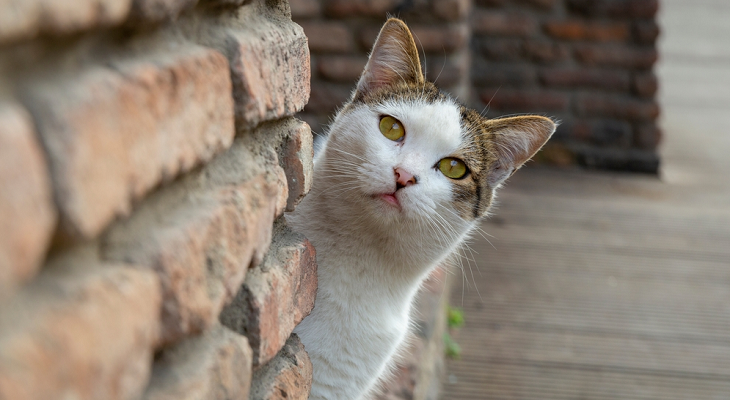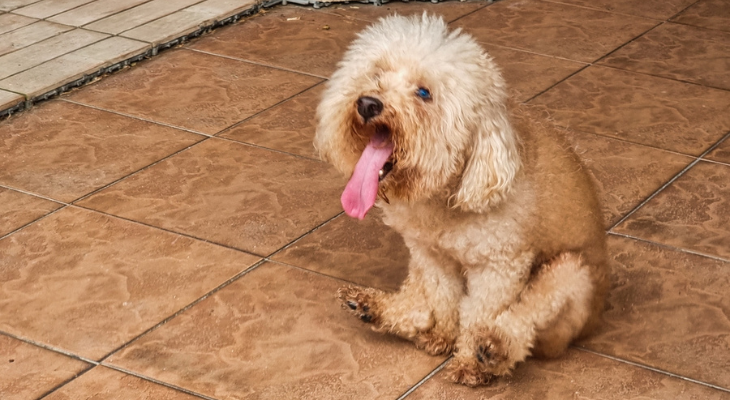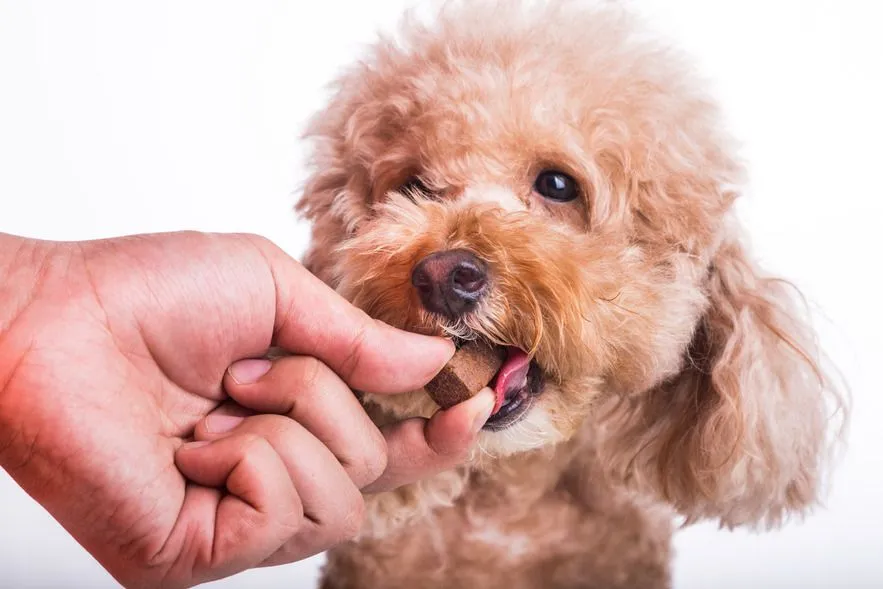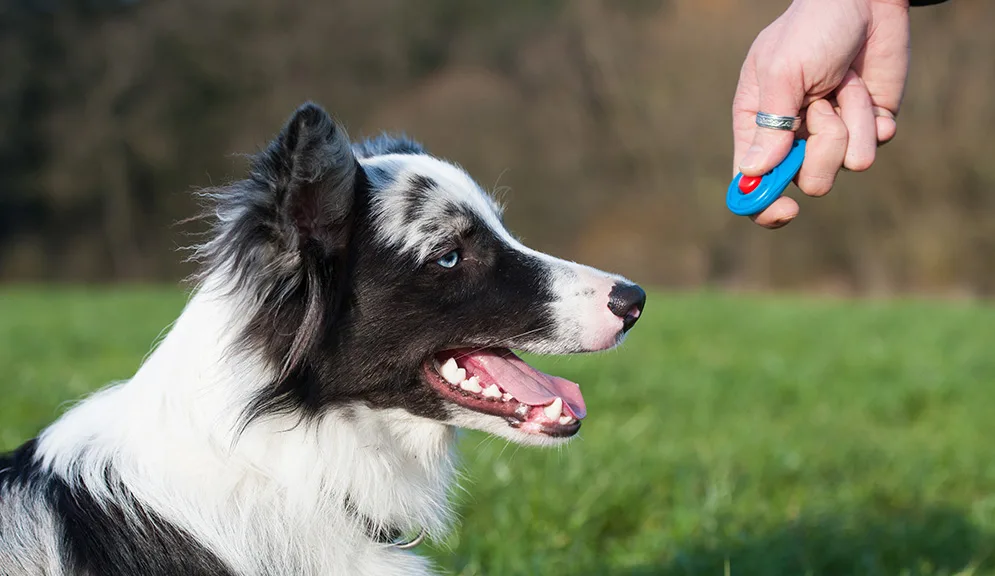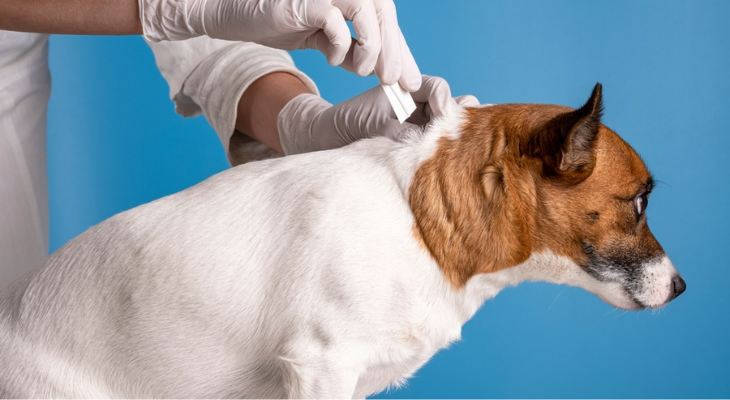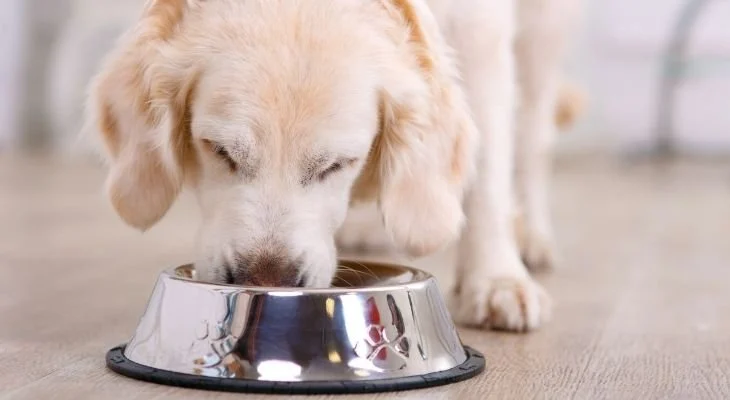Like most cat parents, you know that anything is possible when it comes to your curious and adventurous feline! Even if your cat enjoys the cozy comforts of indoor life, an open window or door might be too tempting to resist. Microchipping is a simple and effective way to increase the chances of reuniting with your lost pet. 🏡💖
🔎 How Does Microchipping Work?
A microchip is a tiny, rice-sized device that contains a unique serial number linked to your contact information in a pet database. Your veterinarian implants the chip under your cat’s skin using a hypodermic needle—similar to a routine vaccination shot, and no anesthesia is needed.
When a lost pet arrives at a shelter or veterinary office, staff use a scanner to detect the microchip. According to the American Veterinary Medical Association (AVMA), the scanner emits harmless radio waves that activate the chip, displaying a code on the screen. This code helps them retrieve your contact details from the microchip registry, allowing a quick reunion with your furry friend.
🏡 Microchipping Gives You Peace of Mind
While collars and ID tags are helpful, they can break, get lost, or become unreadable—especially if your cat squeezes through a tight spot or scrambles through a hedge. A microchip stays with your pet for life, ensuring they always have a way to be identified, even if their collar is missing.
Unexpected natural disasters like earthquakes, tornadoes, or hurricanes can also leave pets separated from their families. A microchip ensures your cat has a higher chance of making it back home safely if such an event occurs. 🌍⛈️
📈 Microchipping Increases the Chances of Finding Your Lost Cat
Unlike dogs, lost cats tend to hide rather than run toward their owners. This instinct can make searching for them challenging. If your cat is found and taken to a shelter, their ID tag might be missing, but a microchip offers a reliable backup.
📊 A study published in the Journal of the American Veterinary Medical Association found that:
- Only 2% of lost cats without microchips in shelters were reunited with their families.
- That number increased to 40% for microchipped cats! 🏠🐾
⏳ Microchips Are a Lifetime Investment
Unlike collars and tags that wear out, microchips last a lifetime! However, keeping your contact information updated in the registry is crucial. If you move or change your phone number, notify the microchip provider immediately so your details remain current.
🌍 Universal Microchip Scanners Are Available Worldwide
Whether you’re in the U.S. or traveling abroad, a universal microchip scanner can detect and read your pet’s microchip. Many foreign countries use the same microchipping system, making it easier to reunite lost pets with their families, no matter where they are. ✈️🌎
🏠 Microchipping Benefits Animal Shelters, Too
Animal shelters rely on donations and limited resources to care for lost and abandoned pets. When lost microchipped cats are quickly reunited with their owners, shelters can dedicate their efforts to animals truly in need. 🏡🐾
🏥 Ready to Microchip Your Cat?
Microchipping is a quick, painless, and affordable way to safeguard your pet’s future. Call our office today to schedule an appointment and give your furry friend an extra layer of protection! 📞🐱💖
📚 Sources:
✔ American Veterinary Medical Association (AVMA): On Check the Chip Day – A Reminder to Keep Your Pet’s Info Updated (8/15/2023)
✔ American Veterinary Medical Association (AVMA): Microchipping FAQ
✔ PetMD: Why You Should Microchip Your Cat (9/18/2023)
✔ The Humane Society of the United States: How a Microchip Can Keep You and Your Pet Together
